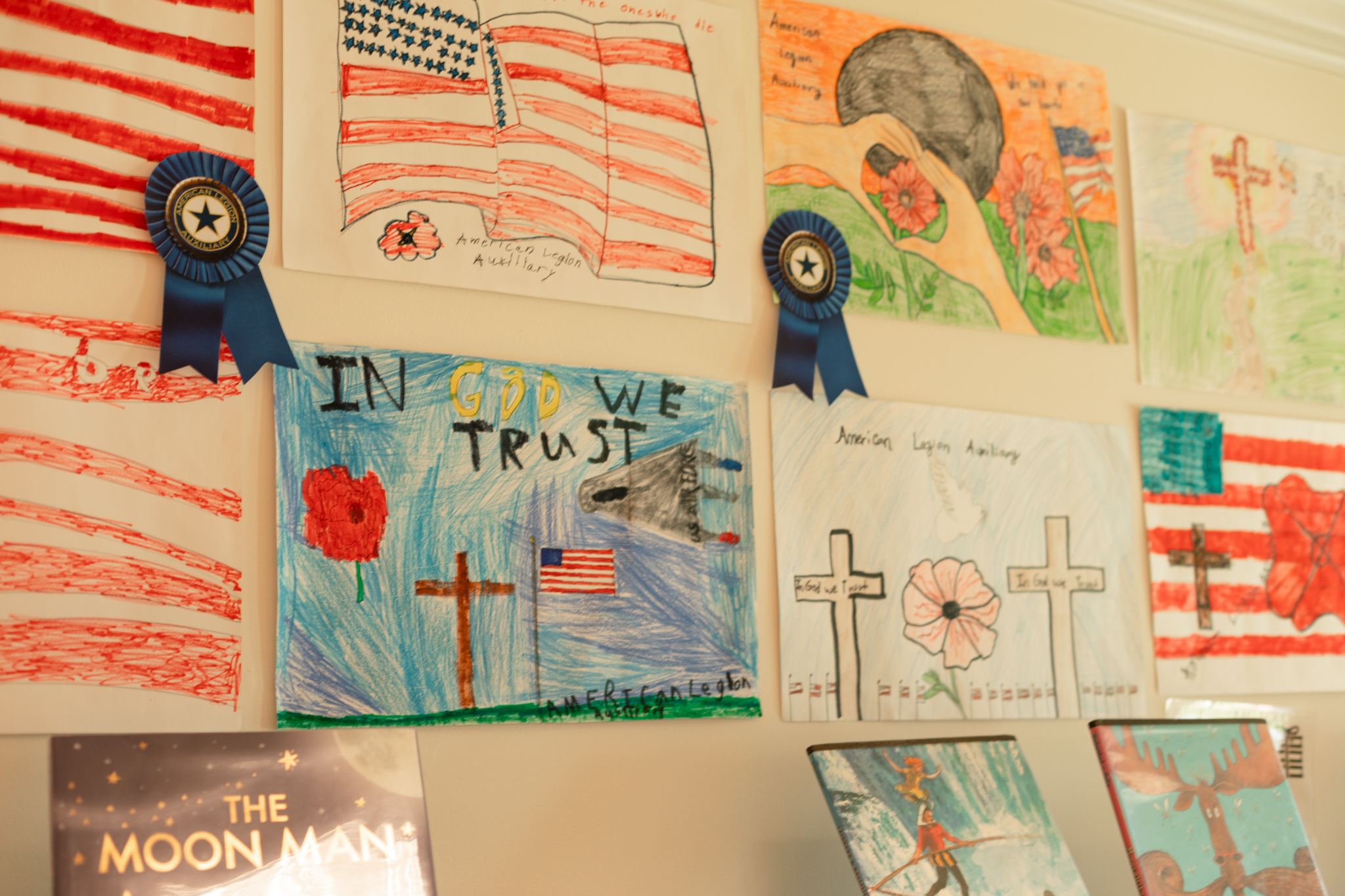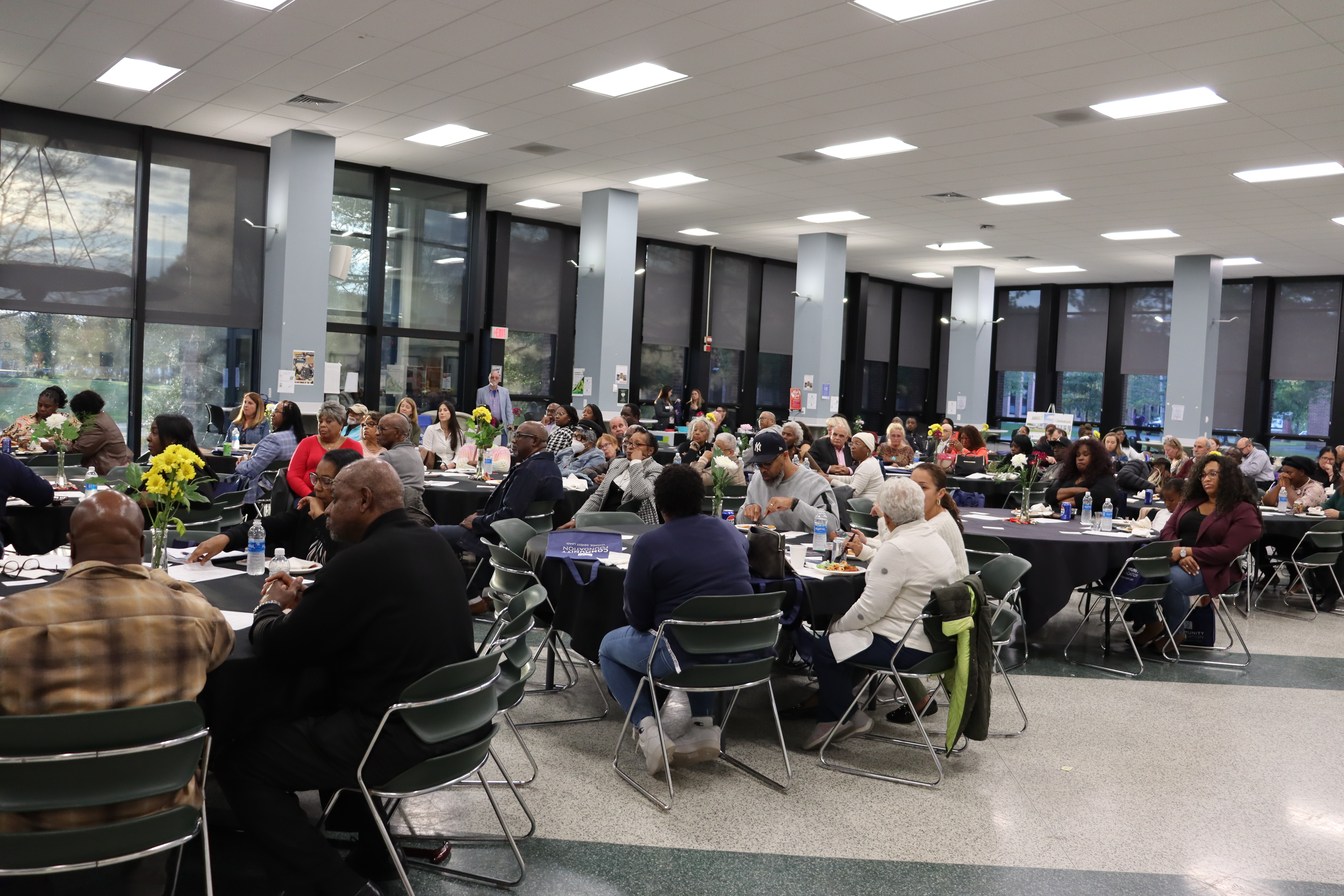
Going Beyond the Dollars to Have a Transformative Impact in our Community
In recent years, the Community Foundation has redefined its role in the community, moving beyond traditional grantmaking to become a dynamic leader and partner by spearheading innovative solutions for sustainable change.
In recent years, the Community Foundation of Herkimer and Oneida Counties has redefined its role in the community, moving beyond traditional grantmaking to become a dynamic leader and partner by spearheading innovative solutions for sustainable change.
The organization strives for transformative outcomes that address both immediate and long-term community opportunities and needs. Their mission to Engage, Invest and Lead, are the three words that drive their work, each of which must be present to achieve these outcomes.
Historically, the Community Foundation has been known for its strong track record in grantmaking to nonprofits, thanks to the generous support of its donors and fundholders. Over the last decade, its Board of Trustees sought to enhance their impact by tackling larger, more impactful projects in the two counties. Recognizing that they have resources beyond just grant dollars, the Community Foundation has embraced other strengths that it has to offer such as its leadership, guidance, capacity building efforts and community knowledge to support programs, projects and initiatives that will bring out the best in the community.
“Many of our peer networks are very comfortable in the grantmaking space—it’s a good space to be in,” said Alicia Fernandez Dicks, president/CEO. “But to be an impact investor, we needed to be more effective and disciplined with a focus on outcomes, and that meant more than just writing a check.”
The Community Foundation has reoriented its priorities, aiming not just to react to grant needs but to proactively foster community vibrancy.
“That’s the work we’ve set out to do with our resources, whether that’s our time, our talent, our partnerships or our connections to other resources, as well as the dollars that are available,” Dicks added. “Being nimble, flexible and engaging in long-term strategic work has to be part of our DNA if we’re going to engage, invest and lead in a meaningful way. We believe in the collaborative model. Decades of grantmaking have done great work, but to truly create the change we want to see, it is going to take people and talent, beyond the funds, to make an impact.”
Here’s how the Community Foundation is putting this new approach into action.
Helping bring new life to the Utica Children’s Museum
A notable example of this new approach is the Community Foundation’s involvement with the Utica Children’s Museum.
Faced with potential closure in 2015, the Community Foundation did more than just provide financial support. They facilitated partnerships, assisted in site selection and brought in additional resources to make sure that the museum would remain a community asset.
After undergoing a complete brand transformation, the museum is on a major course to success and is set to open its doors at the end of the year—a testament to the Community Foundation’s commitment to capacity building rather than mere financial assistance.
“It was a long journey of trying to configure the right partnerships for that project and now they’re about to open a whole new site and exhibit space in partnership with Integrated Community Alternatives Network, or ICAN, so it’s been a fabulous result,” Dicks said.
ICAN’s CEO/Executive Director Steven Bulger adds, “From the beginning, the Community Foundation matched our excitement and our vision, along with a steadfast commitment to preserving a beloved community asset and having an innovative approach every step of the way. This isn’t just a ‘here and now’ project, this is one that will impact generations of families to come. That long-term thinking is something strong partnerships like this understand and embrace.”
“This was one of many instances where I saw our potential to be so much more than just a funder. Sure, we could have just written a check in hopes that everything worked out for the best, but these opportunities to grow our connections and become a trusted community partner are invaluable. Our seat at that table helped to make sure the vision could be fulfilled for a children’s museum that our region could be proud of,” Dicks added.
Revitalizing Utica’s Cornhill neighborhood
The Community Foundation’s approach to Neighborhood Revitalization is a clear demonstration of their multi-focused strategy that is ever evolving. With revitalization work happening across the two counties, the most important one to note is their work in the Cornhill neighborhood in Utica. Through use of data, resident and stakeholder engagement and partnership building, the Community Foundation set out on a journey to bring much needed resources to the neighborhood.
“The number one issue in the Cornhill neighborhood is the lack of access to space for programming,” Dicks said. “We heard it from the residents, and we heard it from the nonprofits. It’s been called a service desert—even as far as a hope desert, which is really telling and something we want to overcome through this work. We’ve made a 30-year commitment to make sure this neighborhood can thrive and has a vibrant future ahead of it.”
The Community Foundation has led this project through each phase, each obstacle and each win, pulling together resources and partners to create two community impact centers right in the neighborhood. The West Street and James Street Impact Centers will offer programming space, housing, a gymnasium, fresh food options and much more.
“The impact centers are really the anchors of change in this community,” Dicks said. “They’re just the beginning, they’re not the end game here. The goal is that this concept that we’re implementing in Cornhill will provide a template for impact center work elsewhere in our two counties.”
A true community player, the Community Foundation is doing more than just responding to immediate needs, but rather investing in generational solutions that are going to help achieve their vision of a vibrant region with opportunity for all.
Article originally published in the Daily Sentinel on August 10, 2024.

